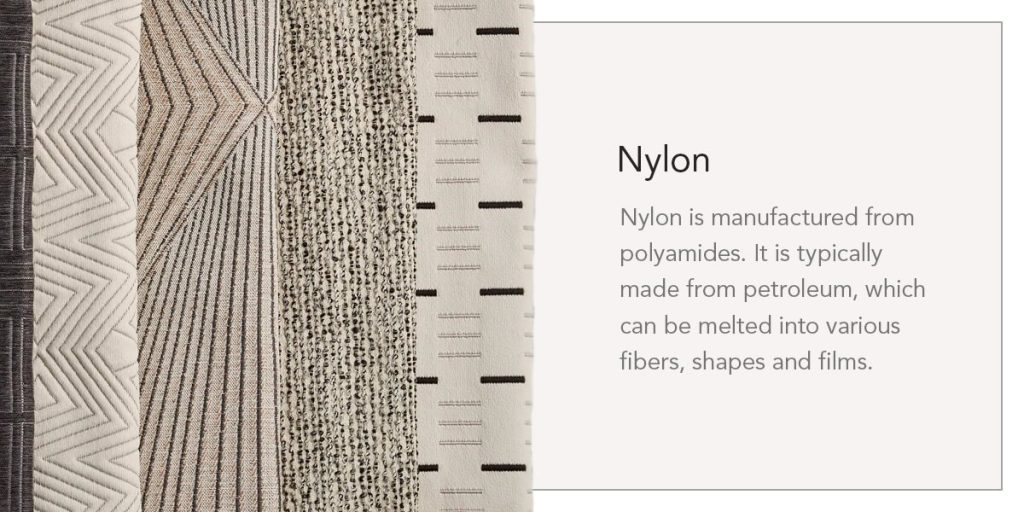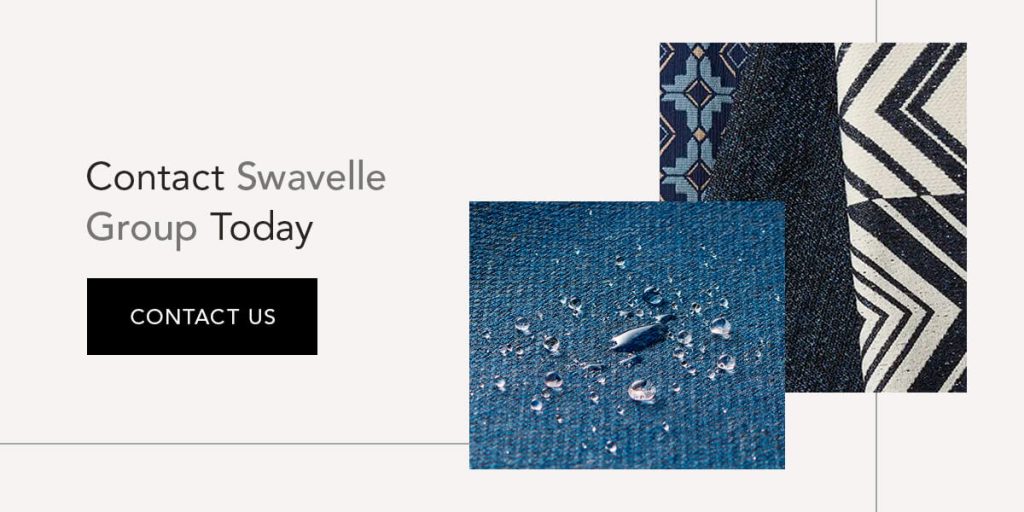Manufacturers rely on polyolefin for various consumer items due to its durability, elasticity, heat-trapping properties and other qualities. Learn more about polyolefin in this complete guide.
Polyolefin is a group of polymers constructed from an olefin monomer, such as ethylene or propylene. Manufacturers can seamlessly mold and shape these thermoplastics through heating and cooling processes, making polyolefin ideal for various products – including fabric. This article looks at the material’s origins, characteristics and standard uses.
Polyolefins were one of the first manufactured plastics with roots tracing back to the 1930s. Researchers in England discovered that ethylene could polymerize into a high molecular weight resin when combined with oxygen and high pressure. The Imperial Chemical Industries (ICI) in England began commercially manufacturing low-density polyethylene in 1939.
High-pressure plants, such as Union Carbide Corporation and the DuPont Company, appeared in the United States and Germany during World War II. Because polyethylene provided excellent electrical insulation, it was used in radar instruments for attack warnings and played a significant role in the outcome of the war.
In the early 1950s, European and U.S. research groups found that heterogeneous catalysts and low pressure could create linear, high-density polyethylene. Phillips Petroleum Company began producing linear polyethylene in 1956.
Other manufacturing plants quickly followed in the company’s footsteps. Phillips received an award for inventing crystalline polypropylene in 1980.
Polyolefin fabric is in many products we use daily, including furniture, home decor and apparel. Here are some common uses of polyolefin fabric:
Polyolefin fabrics bring many notable characteristics to consumer goods and products. The material is:
Many other synthetic fabrics are available in addition to polyolefin. Here are some of the most common.
Nylon is manufactured from polyamides. It is typically made from petroleum, which can be melted into various fibers, shapes and films. Wallace Corrothers, a leader in organic chemistry research at DuPont, originally developed nylon in 1935. He created it as an alternative to silk, giving it similar texture and characteristics.
Manufacturers can combine nylon polymers with numerous additives to achieve different characteristics. Nylon is:
Nylon has thrived in several markets, including apparel, home furnishings, industrial and construction. The material’s qualities suit it to a wide array of products:

Rayon comes from the purified cellulose fibers of wood pulp. It requires certain chemicals during production, making it a semi-synthetic material. Manufacturers often infuse rayon with wool or cotton to make soft, warm textiles like carpets and bedsheets.
Like nylon, rayon shares similar qualities to silk, yet it is less expensive. Rayon is often referred to as “artificial silk.” The material is lightweight, breathable, soft and absorbent. It is also easy to dye in a wide range of colors. Here are some popular uses of rayon:
Acrylic fibers come from a synthetic polymer called acrylonitrile, which contains fossil fuel-based chemicals like coal and petroleum. Acrylic textiles are known for their softness, warmth, heat retention and lightweight nature. They also resist fading, shrinkage, moisture and chemicals easily.
These attributes make acrylic a premier choice for many consumer items:
Also developed by Wallace Corrothers at DuPont, polyester is a synthetic fabric made from petroleum. It has many favorable characteristics:
Here are some standard uses of polyester:
Polyolefin brings many benefits to textile products. At Swavelle Group, we solution-dye our proprietary Bella Dura™ performance fabrics from polyolefin yarn. They can deliver optimal performance and reliability, even in the most demanding indoor and outdoor environments.
We engineer these recyclable, bleach-cleanable solutions to resist staining, sunlight, mildew, microbes and other contaminants. Clients in various markets turn to us for superior textile products and customized services. Whether your customers need fabrics for their homes, offices, RVs, hotels or other spaces, Swavelle Group will work with you to design products that exceed their expectations.
Give your customers long-lasting strength and beauty with our expertly crafted textiles. Learn more about our Bella Dura™ fabrics and other products by contacting our team today.
